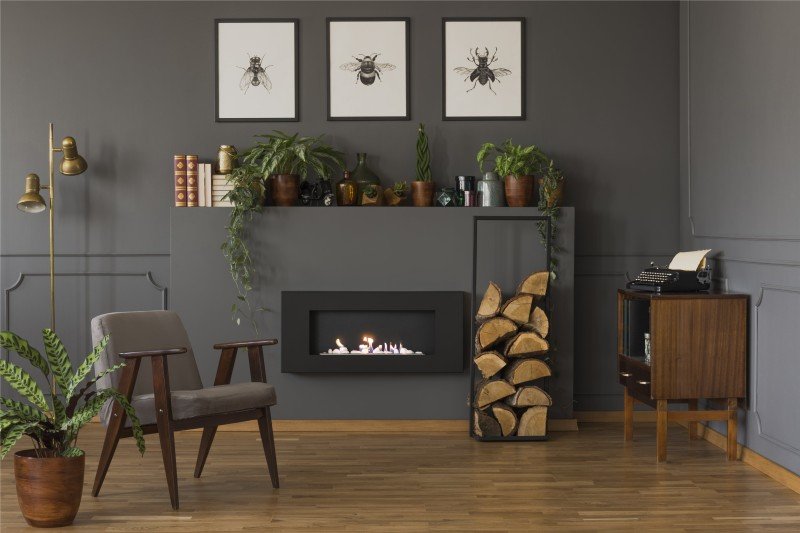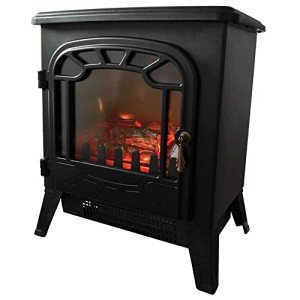
Fireplace Uk
Add a review FollowOverview
-
Founded Date October 21, 1933
-
Sectors Construction / Facilities
-
Posted Jobs 0
-
Viewed 4
Company Description
The Best Place To Research Fireplace Online
The Fireplace: A Warm Embrace of Tradition and Comfort
Fireplaces have actually been an important part of human habitation for centuries, serving as a source of heat, an event location, and a symbol of convenience. While the modern versions may differ extremely from their ancient forefathers, the attraction of a buy fireplace endures. This post explores the various aspects of fireplaces, including their history, function, types, and upkeep, while also addressing regularly asked concerns.
The Evolution of Fireplaces
Fireplaces date back to prehistoric times when open flames were utilized for cooking, heating, and security from wildlife. Over the centuries, fireplaces evolved from basic fire pits to the sophisticated renditions we see today. Here is a quick timeline of their development:

- Prehistoric Era: Cavemen used open flames for heat and cooking. Wind and smoke typically blew into homes.
- Middle Ages: Stone and brick fireplaces became common in homes and castles, incorporating chimneys to bring smoke outside.
- Renaissance: Elaborately developed mantels emerged, and fireplaces ended up being centers of social interaction.
- Industrial Revolution: Innovations in heating materials resulted in a variety of styles and performances.
- Modern Era: The advent of natural gas, electric, and bioethanol fireplaces offered cleaner alternatives to traditional wood-burning systems.
Table 1: The Evolution of Fireplaces
| Age | Qualities |
|---|---|
| Prehistoric Era | Open flames for heat and cooking |
| Middle Ages | Stone and brick structures with early chimneys |
| Renaissance | Ornate mantels, social centers |
| Industrial Revolution | Varied styles, development of new products |
| Modern Era | Gas, electric, and bioethanol alternatives |
The Purpose of a Fireplace
Fireplaces serve double purposes: they offer physical heat and create a psychological environment. Property owners typically collect around the buy fireplace online to bond, share stories, and delight in a cozy fireplaces setting. The radiance of a fire can be relaxing, contributing to a sense of relaxation and intimacy. Beyond personal pleasure, fireplaces also provide functional advantages, consisting of:
- Home Heating: Effective heat source, especially in colder environments.
- Increased Home Value: A well-designed fireplace can enhance the visual value of a home.
- Emergency Heating: In case of power blackouts, wood-burning fireplaces can work as a vital heat source.
- Aesthetic Appeal: A focal point that adds to interior decor.
Kinds of Fireplaces
Today, fireplaces come in different styles and fuel types, accommodating a varied variety of preferences and settings. Here are some common types:
-
Wood-Burning Fireplaces:
- Traditional fire pits
- Traditional masonry fireplaces
- Require considerable upkeep and chimney upkeep
-
Gas Fireplaces:
- Available in both direct vent and ventless varieties
- Simpler to use and preserve than wood-burning fireplaces
- Offer instant heat with a flick of a switch
-
Electric Fireplaces:
- Offer associated heat sources without real flames
- Frequently designed to simulate traditional minimalist fireplaces
- Ideal for smaller sized areas and homes without a chimney
-
Bioethanol large fireplaces:
- Use bioethanol fuel, offering a sustainable alternative
- Need no ventilation and can be positioned anywhere
- Safe and easy to preserve
Table 2: Types of Fireplaces
| Type | Fuel Source | Functions | Upkeep Requirements |
|---|---|---|---|
| Wood-Burning | Wood | High atmosphere, heat source | Regular chimney cleaning |
| Gas | Gas or lp | Immediate heat | Very little, occasional servicing |
| Electric | Electrical power | Easy setup | Extremely low upkeep |
| Bioethanol | Bioethanol fuel | Ventless, portable | Low, generally cleaning up |
Upkeep and Safety Considerations
Owning a fireplace involves particular obligations, especially regarding its safe operation and long-term upkeep. Here are very important upkeep ideas and security guidelines:
Maintenance Tips:
- Annual Inspection: Always have your chimney and Fireplace online checked at least as soon as a year by a certified specialist.
- Regular Cleaning: Clean out ashes and debris after each use, and guarantee the flue is open before beginning a fire.
- Look for Cracks: Inspect masonry for cracks or damage to avoid structural problems.
- Use Proper Fuel: Only use dry, experienced wood for wood-burning fireplaces; do not burn cured wood.
Security Guidelines:
- Install Smoke Detectors: Ensure smoke detectors are practical, evaluating them month-to-month and changing batteries as needed.
- Keep a Fire Extinguisher: Have one close-by, even if a fireplace is utilized rarely.
- Supervise Flames: Never leave a fire unattended, and make sure kids and pets are kept an eye on around the fireplace.
Regularly Asked Questions (FAQs)
1. How can I minimize smoke from a wood-burning fireplace?
To minimize smoke, usage dry, experienced wood, and ensure that your chimney is tidy and unblocked.
2. Is it safe to utilize gas fireplaces during a gas leakage?
Never ever use a gas fireplace throughout a gas leakage. Instantly evacuate the location and contact gas services for help.
3. Can I install an electric fireplace myself?
Electric fireplaces are typically simple to set up, but it is advised to seek advice from specialists to ensure security and compliance with regional building regulations.

4. What is the best kind of fireplace for small spaces?
Electric fireplaces or bioethanol models are frequently best for small spaces, as they do not require comprehensive ventilation or structural adjustments.
Fireplaces have transcended their original purpose of supplying heat to end up being treasured elements of home design and domesticity. They stimulate memories of warmth, celebrations, and togetherness while offering functional benefits that improve modern living. By comprehending the various types of fireplaces, their upkeep, and safety practices, house owners can delight in the timeless appeal of this beloved function for generations to come.
